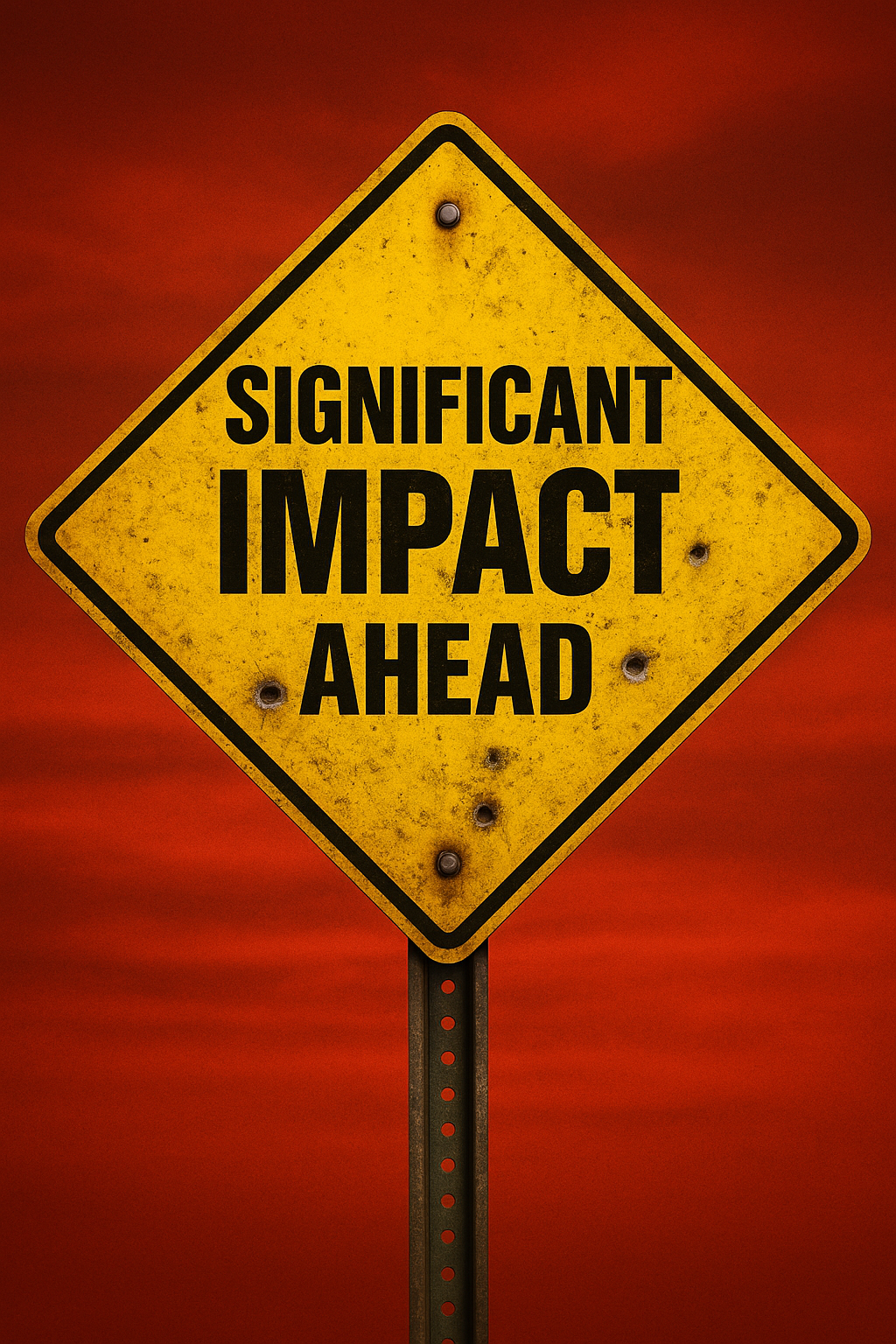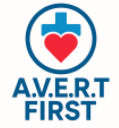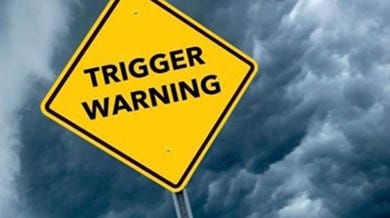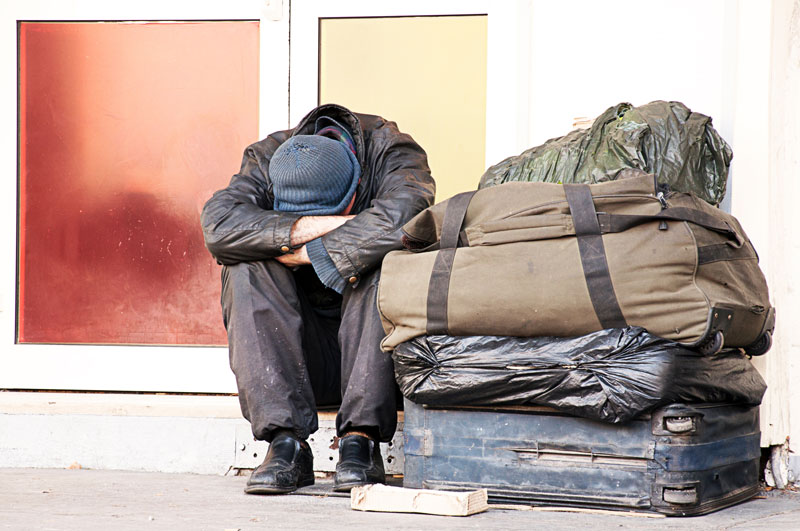
Step 6: Harm / Impact
What It Is
Harm (or Impact) is the actual injury, loss, or damage that results when vulnerabilities, risks, exposures, and triggers culminate in a crisis.
-
Harm can be physical (injury, illness, death),
-
psychological (trauma, depression, anxiety),
-
social (loss of trust, broken relationships, stigma), or
-
systemic (community disruption, inequitable outcomes, financial collapse).
Harm is not always immediate — some forms are acute and visible, while others are hidden or cumulative over time.
Relationship to the Pathway of Harm
-
Harm is the consequence stage of the pathway — where theory becomes reality.
-
It represents both the end of one cycle and the beginning of the aftermath, shaping future vulnerabilities.
-
In A.V.E.R.T., harm is understood not only as an outcome to reduce, but also as a signal — pointing backward to missed opportunities and forward to recovery needs.
What We Train Individuals to Do
A.V.E.R.T. does not train people to “measure harm” in a clinical sense — instead, we focus on:
-
Recognizing harm when it has occurred, including less visible forms (emotional, social, systemic).
-
Responding without blame — centering support, not judgment.
-
Providing immediate stabilizing help — first aid, active listening, accompaniment, calling resources.
-
Documenting or sharing appropriately so others can follow up.
-
Understanding harm as preventable — learning to trace harm back along the pathway to address vulnerabilities and risks earlier next time.
What We Hope Others (Clinicians, Leaders, Systems) Will Do
-
Clinicians: Treat the physical or psychological injuries of harm while also addressing underlying causes.
-
Public Health & Leaders: Collect data on patterns of harm (e.g., overdose clusters, violence hotspots) and intervene at a community scale.
-
Systems: Shift from reactive-only models to preventive strategies, ensuring that harms don’t repeatedly occur in the same populations.
Examples of Harm / Impact
-
Individual: A person overdoses and sustains long-term brain damage.
-
Youth: A bullied student attempts suicide, leading to hospitalization and lasting trauma.
-
Community/System: A flood devastates a low-income neighborhood, displacing hundreds and entrenching long-term poverty.
Illustrative Statistics
-
Suicide is the second leading cause of death among youth ages 10–14 in the U.S.
-
Nearly 1 in 4 adults report experiencing at least one adverse mental health symptom during a public health emergency (like COVID-19).
-
Communities with repeated exposures to violence show higher intergenerational trauma and 2–3x greater rates of chronic illness.
Takeaway/Summary
Harm is the visible and invisible damage that occurs when the pathway is not interrupted in time. In A.V.E.R.T., recognizing harm is not the end point — it is a call to action: to treat, to heal, and to learn how to intervene earlier in the pathway next time.







